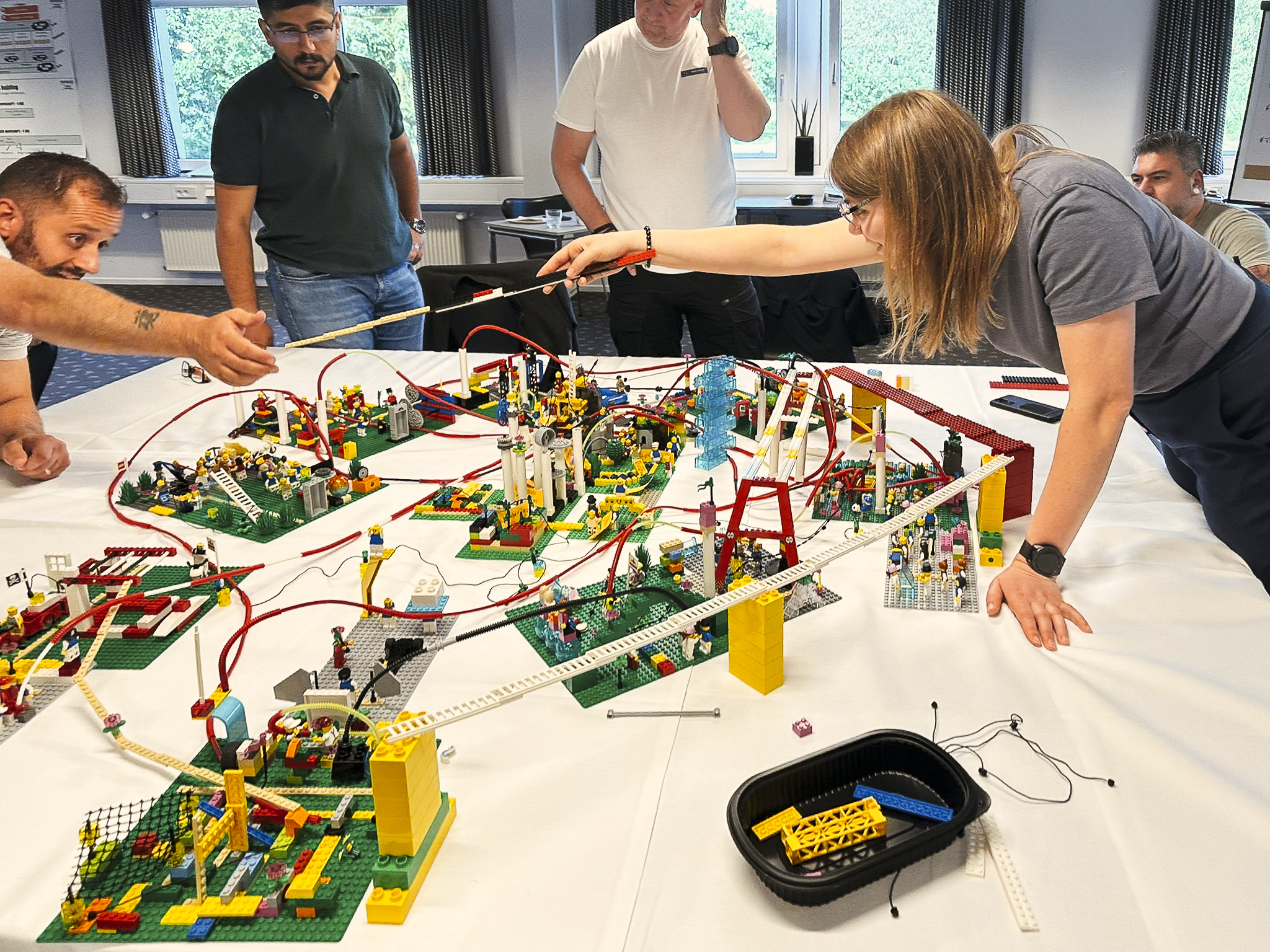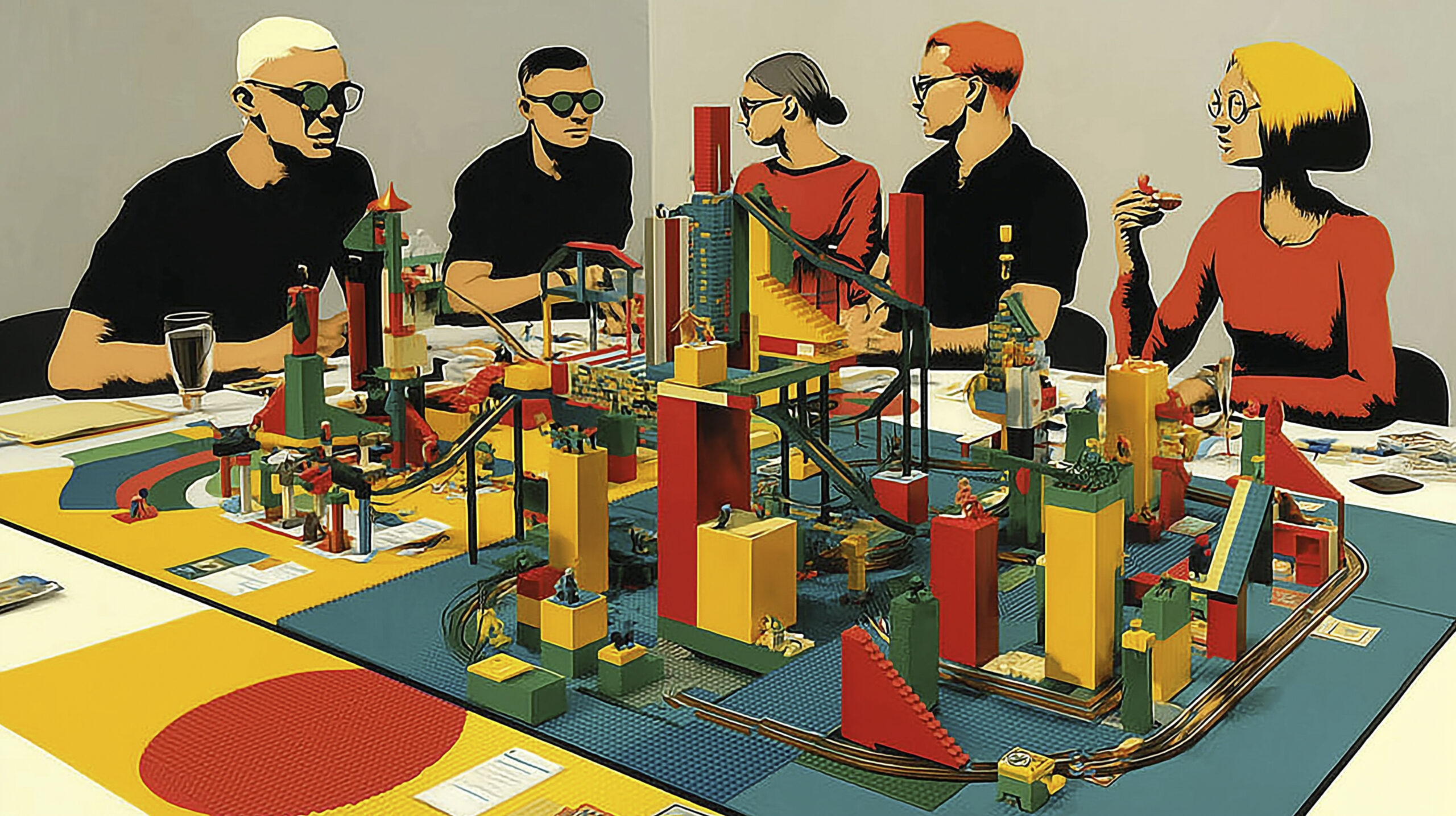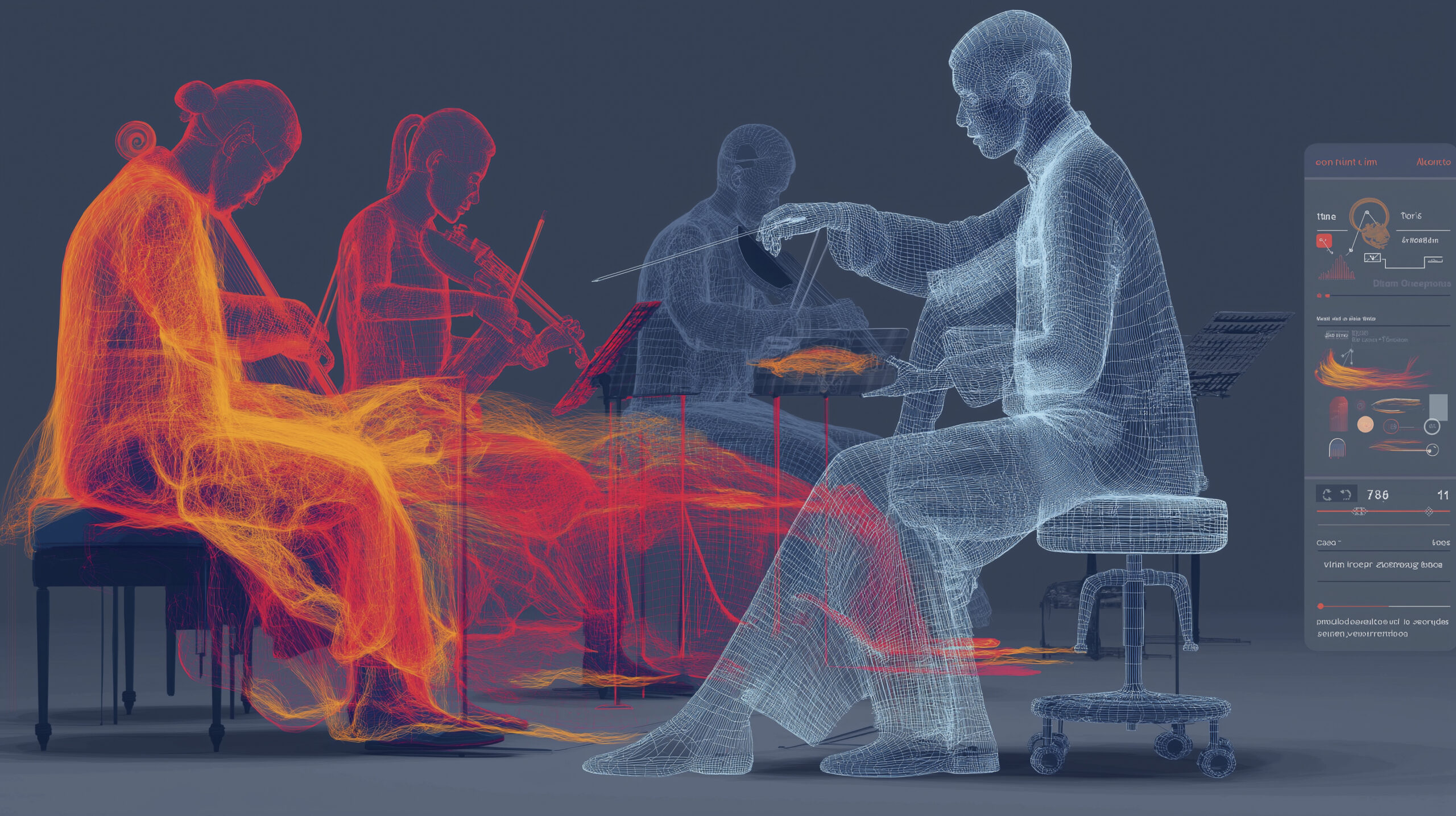Designing Experiences That Truly Matter: Understanding Customer-Centric Innovation
I’m Chris, strategist, lecturer, and facilitator, and I’d like to talk about customer-centric innovation; a critical yet often overlooked aspect of successful innovation. Customer-centric innovation occurs not when we simply design for customers, but when we actively design with them. I’ve seen firsthand how closely aligning with customer needs can transform products, enhance loyalty, and significantly grow businesses.
A practical example comes from my experience with The Student Hotel (now The Social Hub), where we embraced customer-centric innovation to redesign their digital platforms. Our core challenge was balancing diverse user needs: from students and short-stay guests to local businesses and remote professionals. Through extensive customer research, empathy mapping, and stakeholder collaboration, we ensured each user persona’s specific requirements were met, delivering a personalized and intuitive experience.
The Importance of Customer-Centric Innovation
Customer-centric innovation means genuinely understanding and addressing customers’ needs and desires at every stage of development. It is about moving beyond mere customer satisfaction towards actively involving customers in the creation process itself.
This deeper level of engagement ensures solutions are not just aligned with immediate needs but evolve alongside shifting customer preferences and market dynamics. When customers feel seen, heard, and actively involved in shaping the products or services they use, loyalty naturally follows, often transforming them into enthusiastic advocates.
Companies that consistently practice customer-centricity not only enhance their market relevance but also achieve sustainable growth through authentic relationships built on trust and mutual understanding.
By integrating feedback loops throughout development and continuously refining solutions based on customer insights, organizations can create robust, resilient offerings. Ultimately, customer-centric innovation is not just a strategic advantage, it becomes the foundation of long-term success, enabling businesses to thrive in competitive, rapidly changing markets.

Practical Steps to Implement Customer-Centric Innovation
Collect Data-Driven Insights: Utilize analytics, customer feedback, and market research to understand user behavior and preferences.
Personalize Experiences: Leverage collected insights to deliver highly personalized products or services tailored to specific user groups.
Balance Technology with Human Elements: Combine technological advancements with human creativity, empathy, and interpersonal skills to create meaningful experiences.
Effective Methods for Customer-Centric Innovation
Design Thinking for Customer-Centric Innovation
Design Thinking is a human-centered approach that starts with deeply understanding user experiences. It utilizes empathetic research methods such as interviews, observations, and journey mapping to uncover real pain points. Teams collaboratively ideate solutions, prototype rapidly, and iteratively refine these solutions through continuous customer feedback. This iterative process ensures continuous evolution, helping solutions resonate authentically with changing customer needs.
Stakeholder Mapping and Ecosystem Development
LEGO® SeriousPlay®: Engaging Teams Playfully
As a certified LEGO® SeriousPlay® facilitator, I’ve observed how this methodology helps teams visualize and clarify complex ideas collaboratively. Participants build tangible metaphors with LEGO bricks, enhancing communication, creativity, and alignment. The hands-on, playful nature of LEGO® SeriousPlay® fosters a deeper exploration of ideas, making abstract concepts tangible and easier to discuss.

The Value of Facilitated Playful Workshops
Facilitated workshops incorporating playful methods like LEGO® SeriousPlay® offer substantial benefits. They drive personal and professional development, facilitate meaningful team alignment, and foster innovative ideas. Workshops encourage experimentation, openness, and risk-taking, creating an environment conducive to groundbreaking creativity.
These experiences help team members feel valued and heard, transforming them into passionate advocates both internally and externally.
The real ROI here is human: loyal customers who deeply connect with your solutions, engaged employees who become passionate ambassadors, and ultimately, an organization that thrives sustainably and innovatively.
Conclusion: Customer-Centric Innovation for Long-term Success
Customer-centric innovation thrives by placing genuine human needs at its core. By designing with people rather than merely for them, businesses foster deep engagement and generate more meaningful solutions. Creative, playful, and facilitated processes enable superior, deeply resonant solutions, transforming innovation from a periodic activity into a lasting competitive advantage.
Ultimately, adopting a human-centric, collaborative, and playful approach can transform organizational culture, turning innovation into a core competency rather than an occasional effort. This fosters long-term resilience and adaptability, ensuring organizations remain relevant and impactful in ever-changing market conditions.
References
- Brown, T. (2009). Change by Design: How Design Thinking Transforms Organizations and Inspires Innovation. HarperBusiness.
- Freeman, R. E. (2010). Strategic Management: A Stakeholder Approach. Cambridge University Press.
- Roos, J., & Victor, B. (2020). Why LEGO SeriousPlay? From Ideas To Impact internal documentation.
- Optimizely. (n.d.). The Student Hotel brings hybrid co-living and working mobile.
- Venture Growth Hub. (n.d.). Customer-Centric Innovation: Putting Your Customers at the Heart of Product Development.
- Forbes Technology Council. (2023). Crafting a Customer-Centric Innovation Strategy: A Path to Transformation. Forbes.
- Harvard Business Review. (2006). Manage Customer-Centric Innovation—Systematically.



